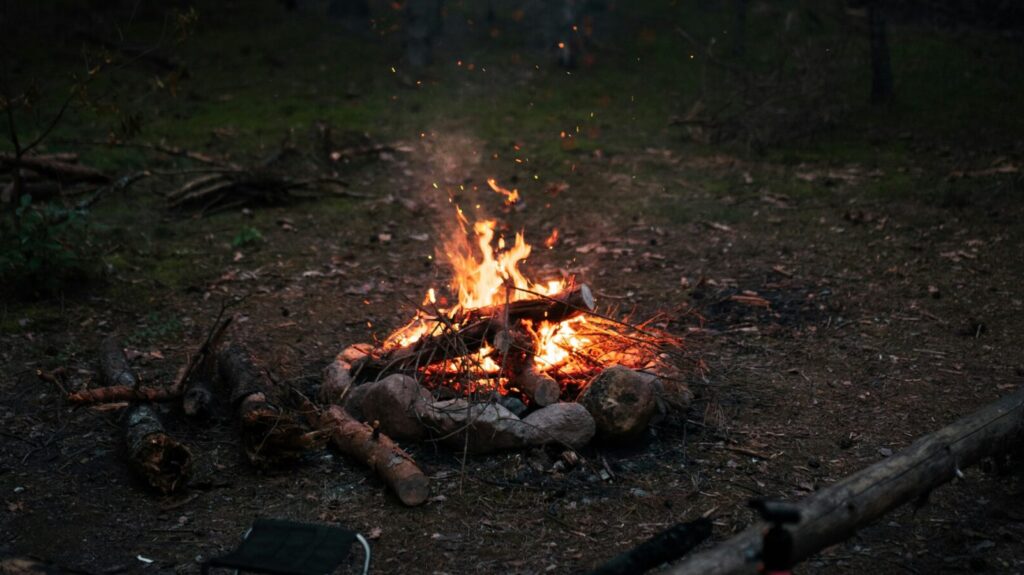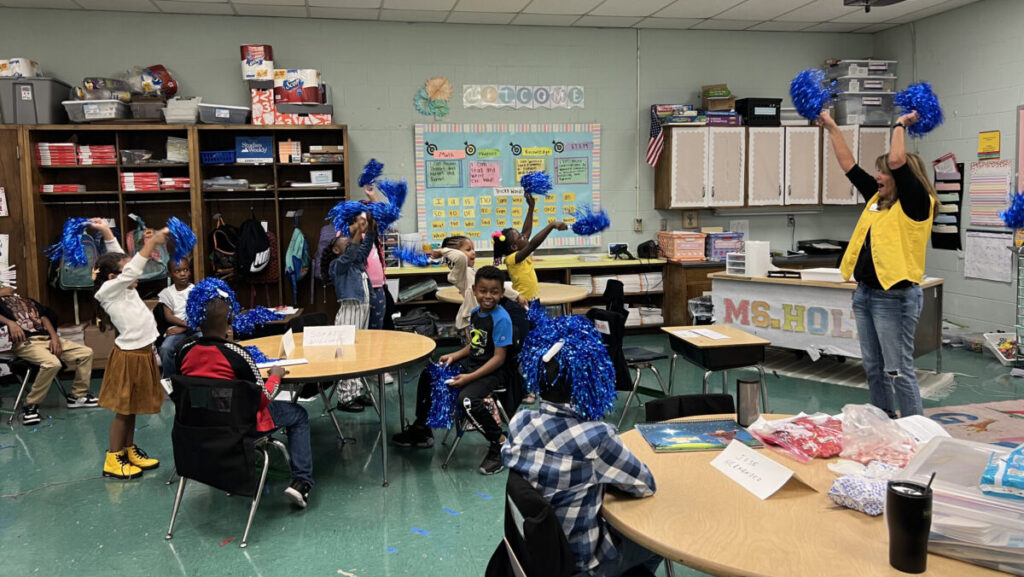Marcille Dutton was raised on shaped-note singing schools. While other kids were outdoors playing ball each summer, she was practicing piano to help her father in his nighttime singing schools. She also met her husband, Wendell Dutton, director of missions for the Lookout Mountain Association, in a singing school.
Now, Marcille is leading singing schools around north Alabama, teaching young and old to sight-read the shaped notes of “convention” songbooks and older Baptist hymnals, as well as the round notes of the current hymnal. Her latest effort took place in February at Lookout Mountain’s associational building, where 35 people ages 5 through 92 represented eight of the association’s 17 churches. The five-night school lasted more than one and a half hours each night, and the average attendance was 28.
“We covered the diatonic scale (shaped notes), absolute pitches, sight reading and the three parts to time: keeping it, counting it and beating it,” Dutton explained. “We taught voice parts, because lot of the audience didn’t know which line to read for their part. We went over round notes and their length, too. Half the time we’d study, half the time we’d sing. Students took turns directing the congregation based on what they learned.”
The main emphasis, however, was on shaped notes, a term that refers both to a singing tradition and to a method for teaching sight-reading. Invented by New England singing masters in the 18th century to improve rural congregational singing, shaped-note singing was spread throughout the South in the early 19th century by itinerant singing teachers. In shaped-note singing, note heads are written in different shapes to help singers find pitches within major and minor scales without the use of more complex information found in key signatures on the staff.
The earliest shaped-note system was the four-shape, or FA-SOL-LA system, which is often referred to as Sacred Harp singing because of an early songbook called The Sacred Harp. The type of shaped-note singing that Dutton teaches evolved from the four-note system in the mid-19th century, but uses seven shapes to fit a DO-RE-MI-FA-SOL-LA-TI-DO major scale pattern.
“When my father was growing up, they had singing schools during the day, usually for two or three weeks at a time,” said Dutton. “Dad was a representative for the Stamps-Baxter Company, so he carried their songbooks. I grew up with two-week schools.”
Teachers often used a “staff” board with lines and spaces representing the musical staff. Both students and teachers would write in the musical notes with chalk. “I use my dad’s staff board, which rolls up sort of like a scroll, when I teach,” Dutton said. “It’s huge, probably bigger than a 32-inch TV, and has its own easel.”
Multitudes of Southerners over the age of 50 grew up attending singing schools and the all-day singings that frequently accompanied them. They were especially popular in the 1930s, 1940s and 1950s, when companies like Stamps-Baxter and Vaughan Music published small, paperback, shaped-note singing books twice a year.
Somewhere along the line, people started calling the all-day singings “convention singings,” possibly in reference to the large numbers of people gathered together to sing. Hence, the paperback shaped-note books became known as “convention” books.
“We’ve had singing schools in the churches around here for years,” said DeWitt Cox, associational music director for Lookout Mountain. “So many rural churches don’t have piano players and music directors, and one reason we’re not producing them is that we don’t have any singing schools. I saw this need and asked Marcille to conduct the Lookout Mountain school.”
At today’s all-day singings, people still use convention books, which are published once a year by several music companies. Their shaped-note system has many advantages, Cox believes.
“People who know shaped notes can transpose music into round notes, so they can change keys easily,” he said. “At these convention singings, the director will say, ‘Sir, can you lower that a half step,’ but I have to say, ‘Sorry, I cannot do that,’ because I learned to play piano using round notes.”
Dutton and Cox believe the current Baptist Hymnal puts people at a disadvantage because it features round notes instead of shaped notes. “A lot of our folks who don’t read round notes are lost,” Cox said.





Share with others: